The Inca Trail, known as one of the most iconic hiking routes in the world, offers a journey through ancient Inca archaeological parks filled with history and mystery. Along this route, travelers will discover the ruins of Llactapata, Sayacmarca, Phuyupatamarca, Wiñayhuayna, Intipata, Intipunku, Runkurakay, and Paucarcancha.
Each of these sites reveals the grandeur of the Inca Empire, from agricultural terraces to ceremonial structures and panoramic views of the Andes. In this text, we will briefly explore each of these parks, uncovering their history and the role they played in Inca life.
Table of Contents
Along the Inca Trail, hikers can explore several ancient Inca ruins, including:
Llactapata is an archaeological site located along the Inca Trail, near the Urubamba River. This site includes agricultural terraces and residential structures, and offers impressive views of the surrounding valley. It is believed that Llactapata served as a checkpoint and resting place for Inca travelers.
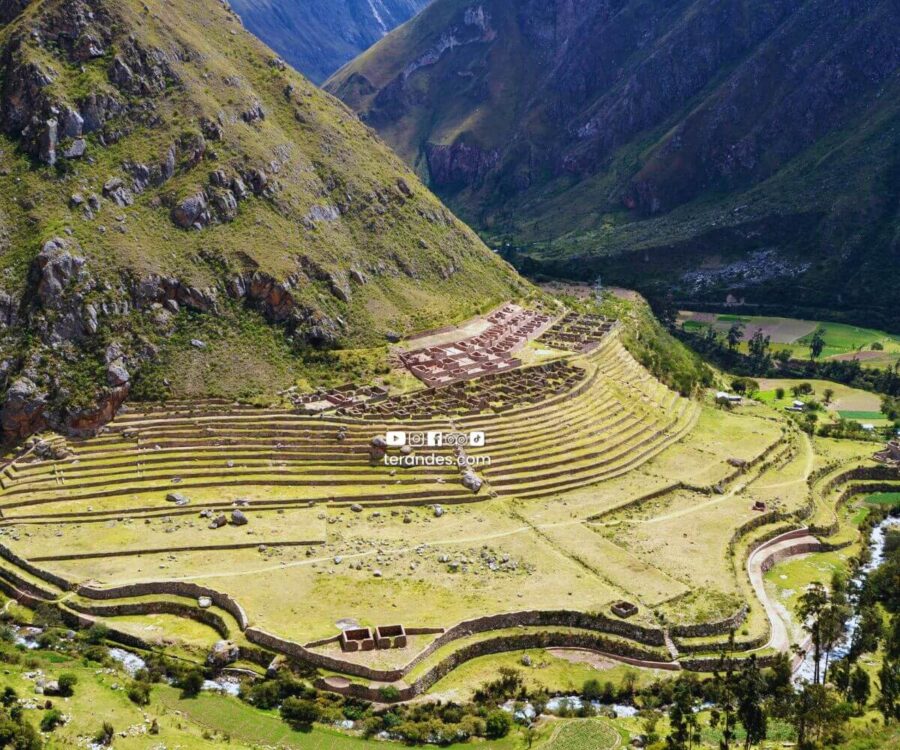
Sayacmarca, which means "dominant town or town on top" in Quechua, is an archaeological site located on a steep slope. It is characterized by its stone walls, narrow staircases, and panoramic views. Sayacmarca served as a checkpoint and may also have had religious functions.
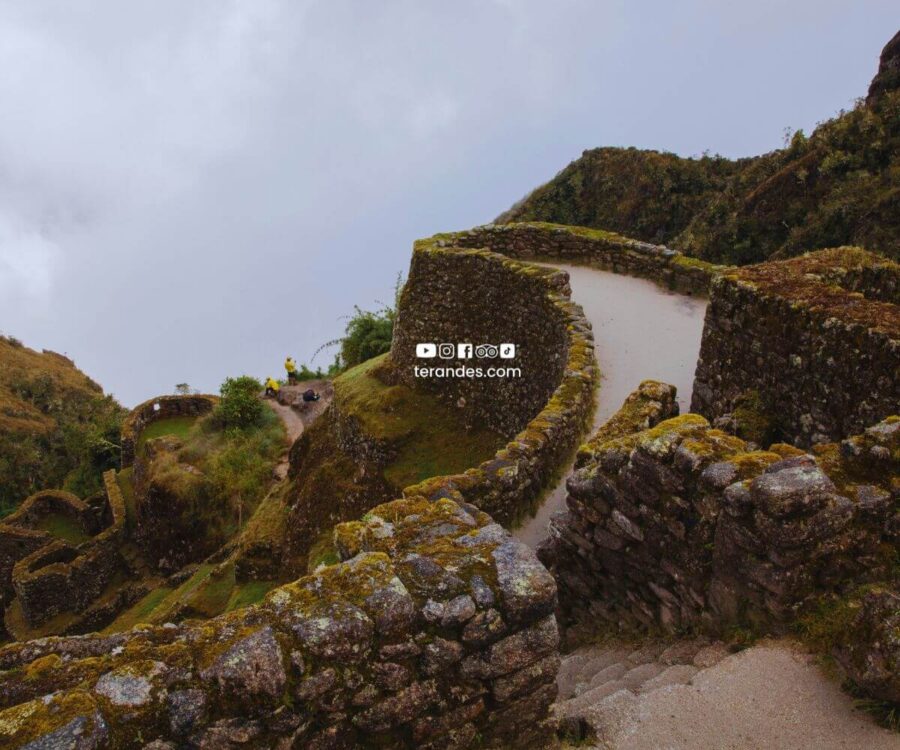
Phuyupatamarca, which means "city above the clouds," is known for its impressive views and architecture. The site includes a series of ritual baths, terraces, and water channels. Phuyupatamarca is situated at a high altitude, allowing it to offer breathtaking views of the mountainous surroundings.
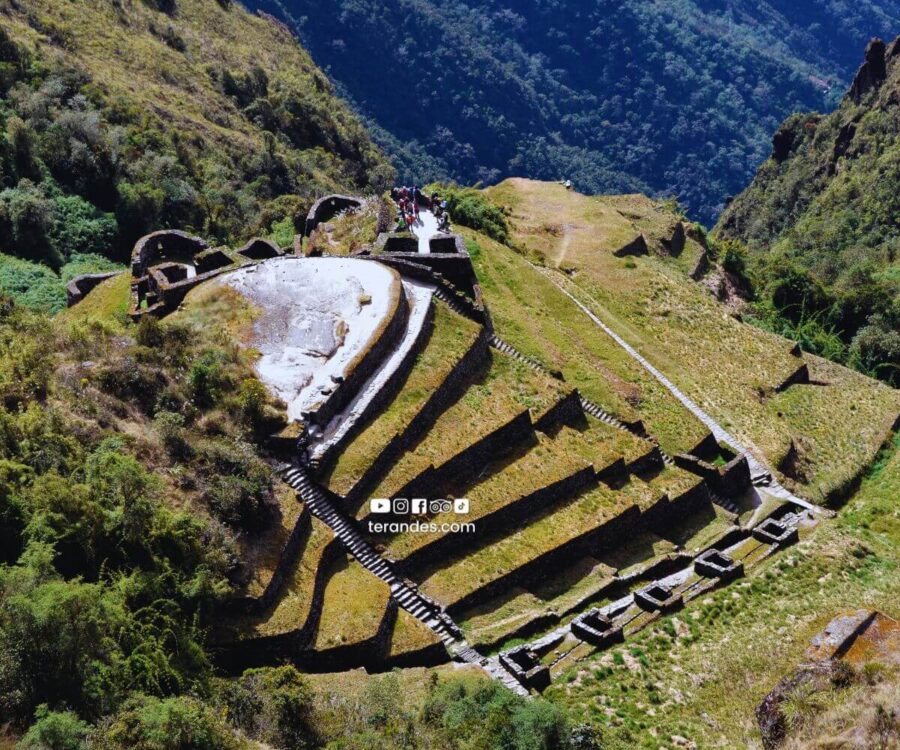
Wiñayhuayna, which means "forever young," is one of the last archaeological sites before reaching Machu Picchu. This site includes extensive agricultural terraces, residential complexes, and a series of ceremonial water fountains. Wiñayhuayna is notable for its impressive location and well-preserved architecture.

Intipata is an archaeological site located near Wiñayhuayna. It is characterized by its numerous agricultural terraces, which were likely used to cultivate essential crops for the Incas. Intipata offers spectacular views of the valley and the surrounding mountain peaks.
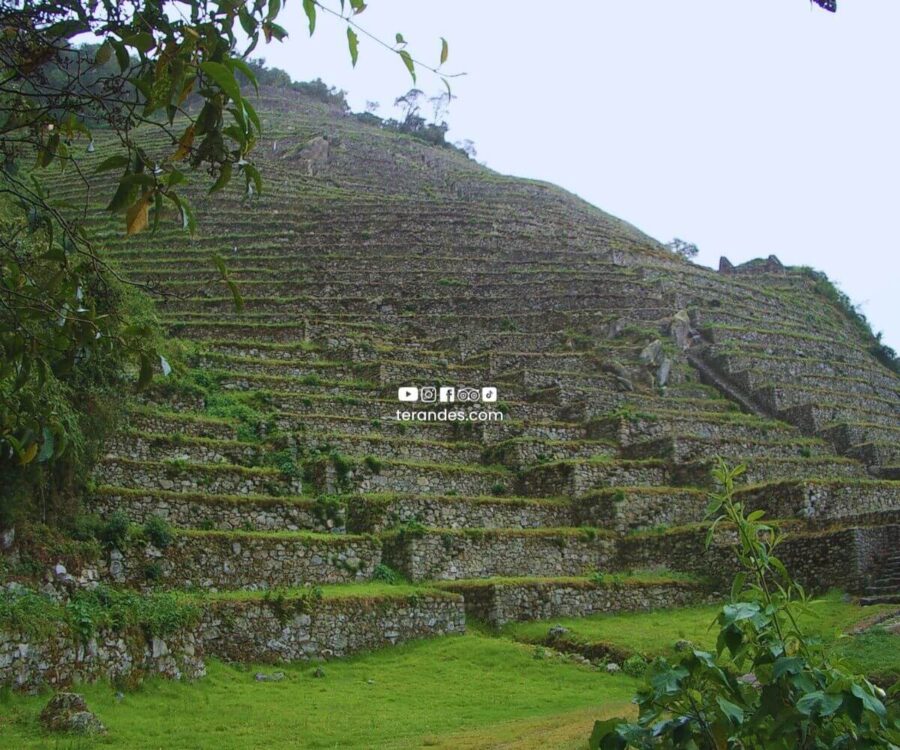
Intipunku, or "Sun Gate," is the entry point to Machu Picchu from the Inca Trail. This site offers a spectacular view of Machu Picchu and served as a checkpoint for the Incas. Travelers arriving at Intipunku at dawn can enjoy an impressive view of the sunrise over Machu Picchu.
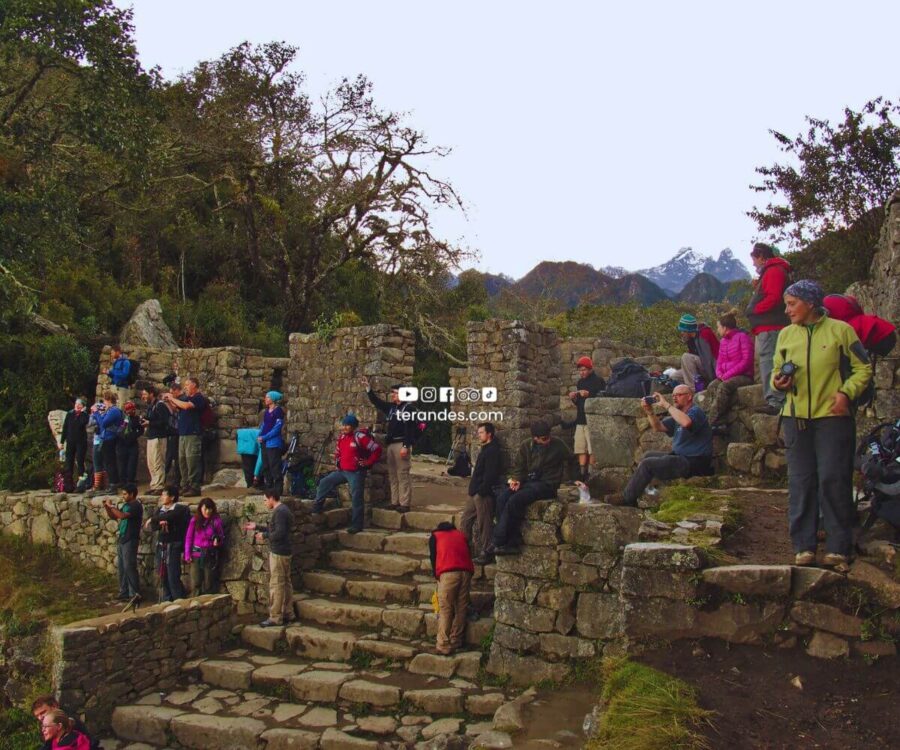
Runkurakay is a small archaeological site situated on a hill along the Inca Trail. This site includes a circular structure that was likely used as a watchtower or resting point for travelers. Runkurakay offers panoramic views of the valley and the surrounding mountains.
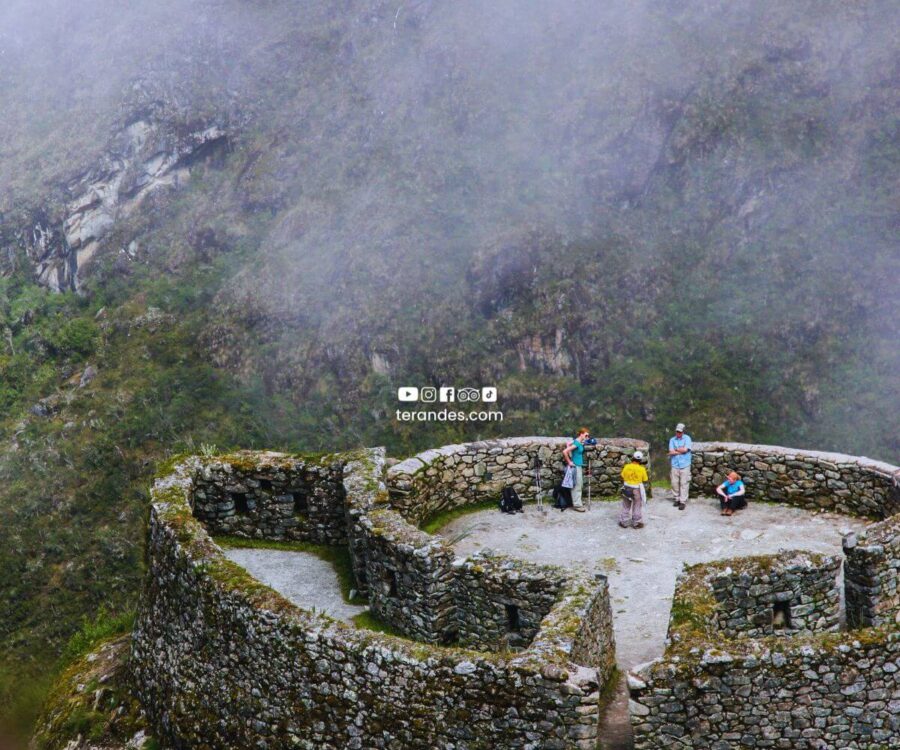
Paucarcancha is a lesser-known but equally fascinating archaeological site. It is located near the beginning of the Inca Trail and features agricultural terraces, water channels, and residential structures. Paucarcancha offers insight into the daily life and agricultural practices of the Incas.
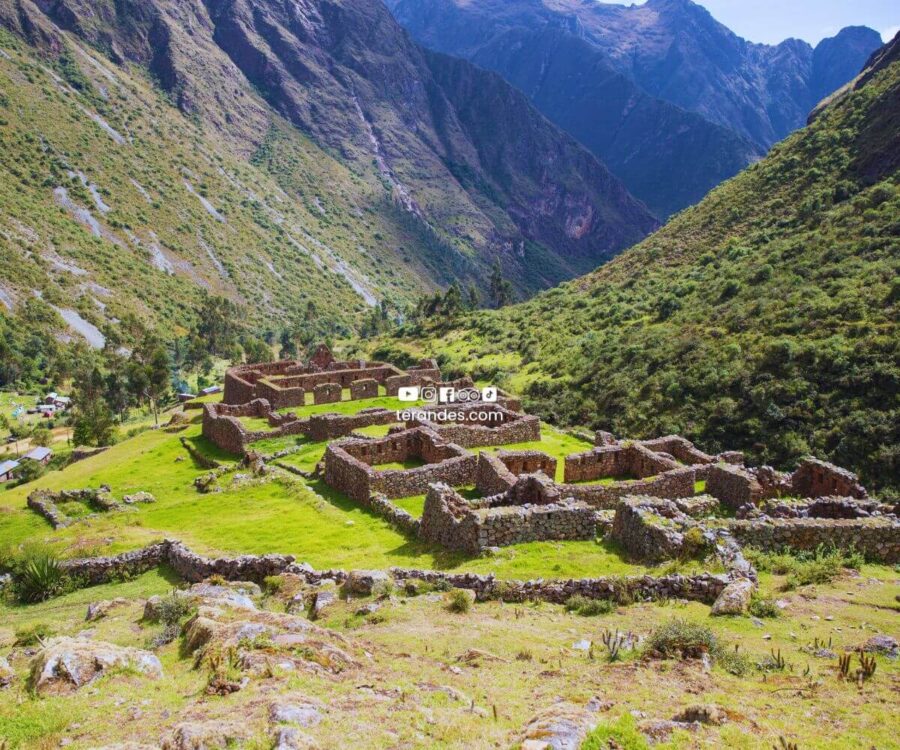
These ruins and archaeological sites along the Inca Trail offer a fascinating glimpse into the culture, architecture, and daily life of the Incas. Each of these sites provides a unique experience and a deeper connection to the history of the Inca Empire.
